Search Results for 'Manchester'
195 results found.
The Galway jute factory
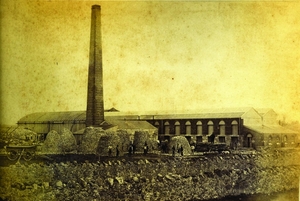
The Galway Vindicator and Connaught Advertiser of December 24 1851 carried an advertisement which read “TO BE LET, for such terms as may be agreed upon, and immediate possession given. EARL’S ISLAND MILL AND BLEACH GREEN. These well-known concerns occupied for so many years by the late Mr Mitchell, Linen Manufacturer, Miller, Bleacher, have always been esteemed to point of situation; preferable to every other site in Galway, but the improvement made by the Board of Works under the inspection of their skilful engineer SU Roberts ... have rendered it superior to any in the Kingdom. The land will be secured against being flooded for any part of the year. The Mill Race has been changed ... the Mill Power amended and is now equal to 40 horse power. The canal between Lough Corrib and the sea leaves the lake at the very point on which the Mill stands. The layby for boats is within 20 yards of it, and the spacious quay with landing crane and every accommodation for shipping goods will adjoin.”
Lower Dominick Street about one hundred and fifty years ago
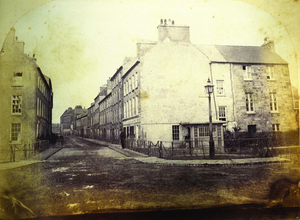
According to Hely Dutton, Dominick Street was built in the early part of the 19th century. It was outside the old city walls and was an indicator of how Galway was beginning to expand at the time. This photograph, which was taken c1965, is probably the earliest existing image of the street.
De Burgo’s mansion
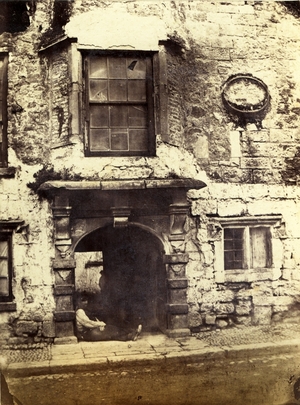
This wonderful photograph, dated c1865, shows a carved stone doorway in Market Street, an interesting example of Renaissance work, almost certainly earlier than the Browne Doorway.
The West Chapel
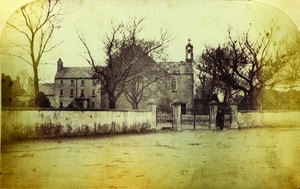
One hundred and ninety eight years ago this month (August 4, 1815), the first High Mass was sung in the West Chapel, and about 50 years later this photograph was taken of the exterior of the building. It was the third church the Dominicans had in the Claddagh.
‘A powerhouse of prayer’
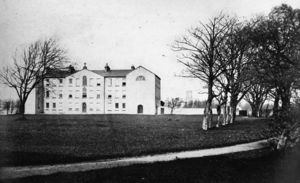
The exact origins of the Poor Clare Sisters in Galway are not easy to trace. We know there was a convent of Clares, if not Poor Clares, here before 1640, based on an inscription on a headstone which read “Here lieth the body of Elizabeth Lynch, the Foundress of the Order of St. Clare who died 14th December 1626”. James Hardiman describes another headstone inscribed thus: “Here lieth the body of R. Mother Maria Gabriel, alias Helen Martin, first Abbess and religious of the Poor Clares of Galway who died on 14 January aged 68 in religion for 40. Pray for her Soul.” This suggests the nuns were in Galway since 1632 when she entered the order.
The pro-cathedral, a brief history
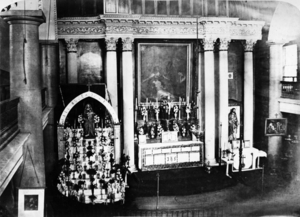
“On Monday last (July 1st, 1816), Galway witnessed a scene unparalleled in her history, or in the history of the British Empire. It was an unusual but gratifying sight to behold Protestants and Catholics, the Civil and Ecclesiastical Corporations, the Secular and Regular Clergy, all clothed in their robes of office, preceded by their various insignias, and marching in solemn procession through the principal streets of the town – not for the purpose of reminding Catholic of the galling degradation under which he labours – not to keep alive those feuds which have so long distracted our wretched country – not to display with ascendancy, pride and intolerant bigotry, those shameful destructions which have hitherto been a barrier to the repose and happiness of Ireland – no – but to lay the foundation stone of an edifice, which being dedicated to the supreme worship of the deity, will at the same time be a monument to succeeding generations of the unanimity, concord and harmony which exists between those of every religious persuasion in this loyal and extensive county.
Newtownsmith c1870
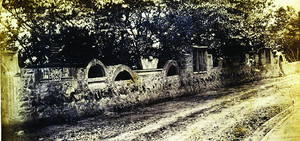
Newtownsmith was an important development outside the town wall on the northern side of the city in the late 18th and early 19th century. The project was undertaken by the governors of the Erasmus Smith Estate. In this suburb, the county courthouse was erected between 1812 and 1815, and a little later in 1824 the town courthouse was built. In 1823, it was objected to because there were several suitable sites for a new courthouse ‘immediately in the town’ and that it was ‘quite idle’ to lay foundations in Newtownsmith, or in any part of the suburb. Galway’s second bridge was completed in 1819 and it connected the courthouses with the new county and town gaols on Nuns Island which had been completed in 1810.
President hails new friendship between Ireland and Britain
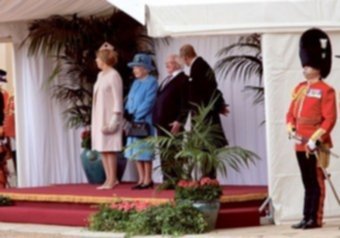
The relationship between Ireland and Britain is “a friendly, co-operative partnership based on mutual respect, reciprocal benefit, and deep and indelible personal links”.
CPNHGN @ Monroe’s Live
DESPITE THE Scandinavian moniker, CPNHGN hail from Kildare, and take their musical influences from New York’s Sonic Youth and Manchester’s Joy Division.
One hundred thousand visitors to the Galway region used Ireland West Airport Knock
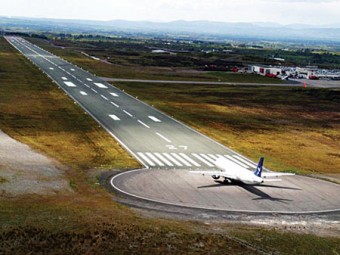
2014 promises to be another milestone year at Ireland West Airport Knock with the year ahead forecast to be the busiest ever in the airport’s history with passenger numbers expected to exceed 700,000 for the first time.

